#pochoir print
Explore tagged Tumblr posts
Text

What if I actually get back into printmaking?


#original art#support indie creators#my art#support black artists#watercolor print#pochoir print#mermaid art
42 notes
·
View notes
Photo
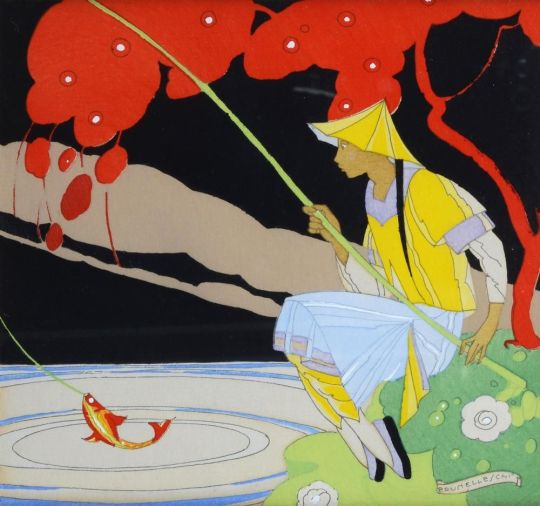
Umberto Brunelleschi (Italian,1879-1949)
Fishing
Pochoir on paper
199 notes
·
View notes
Text
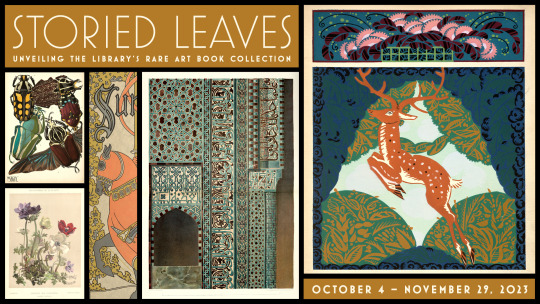


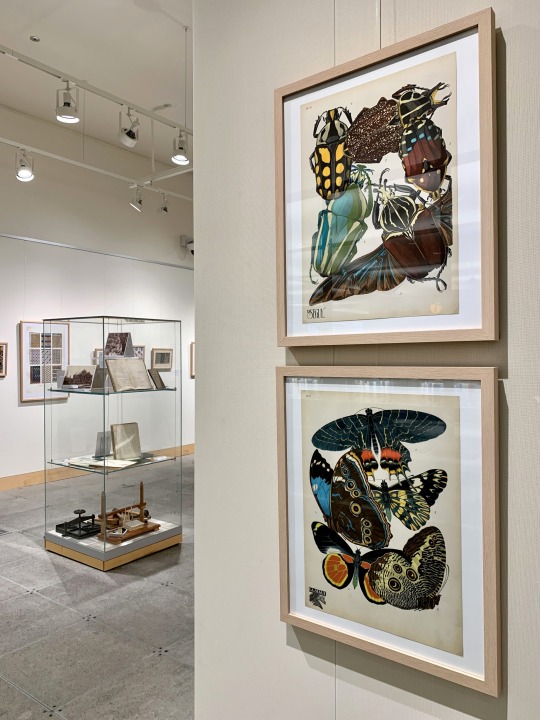

RARE BOOK EXHIBIT NOW ON VIEW
Storied Leaves: Unveiling the Library's Rare Art Book Collection
Visit Minneapolis Central Library to see Storied Leaves: Unveiling the Library’s Rare Art Book Collection! The exhibit, located in Cargill Gallery, features over 80 titles from our rare art folio collection and includes some really stunning prints of art from all over the world! There’s also some library/collection history, explanations of printing techniques, and more. The exhibit runs October 4 – November 29, 2023.
Travel through time and across the globe as you explore the library's rare Art Book Collection. This vibrant exhibit showcases art from six continents—Asia, Africa, North America, South America, Europe, and Oceania—spanning ancient to contemporary times. Produced between 1850 and 1950, the works in this exhibit are leaves from folios, or individual pages contained within portfolios. Most have been carefully hand-printed, stenciled or hand-colored. Delve into the stories of these unique prints to learn how this remarkable collection came to be at Minneapolis Central Library, gain insights into the art and craft of printing, and be inspired to connect with art at your library. This exhibit is funded with money from Minnesota’s Arts and Cultural Heritage Fund.
#Minneapolis#Libraries#rare books#pochoir#book printing#art books#book exhibits#folios#art exhibits#patterns#prints
64 notes
·
View notes
Text
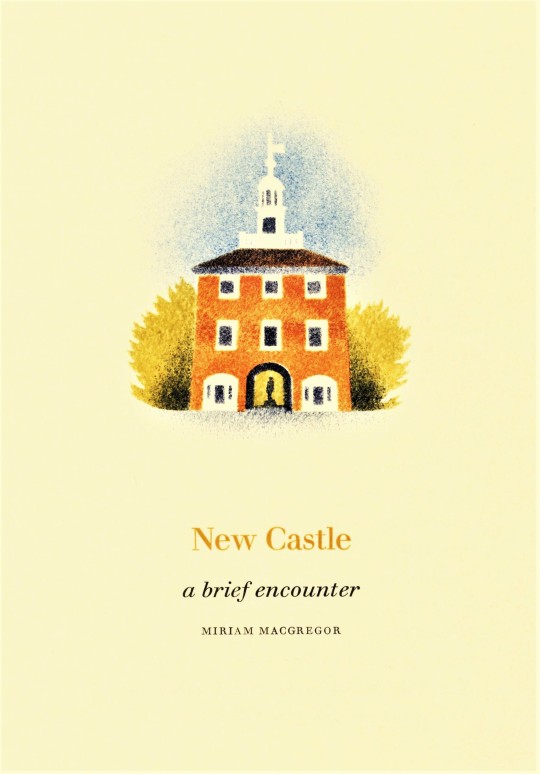

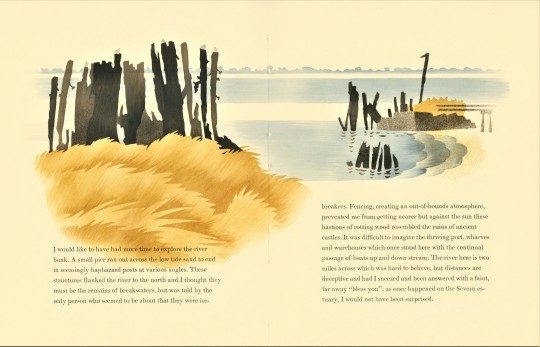
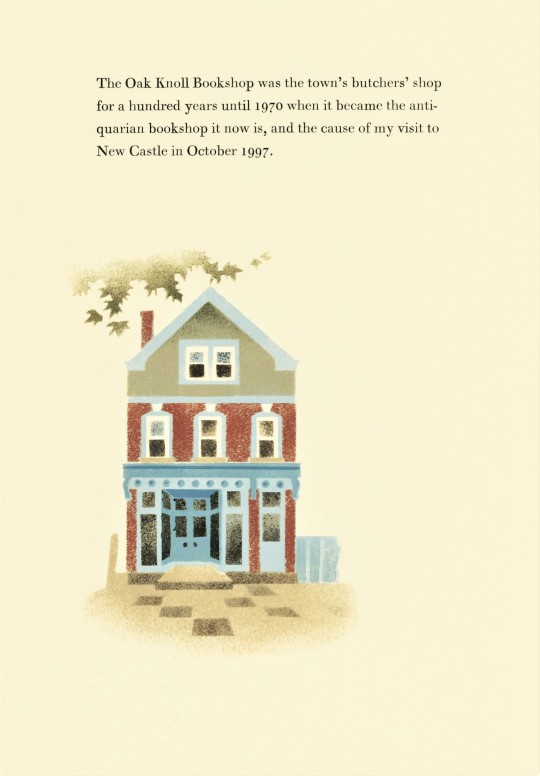



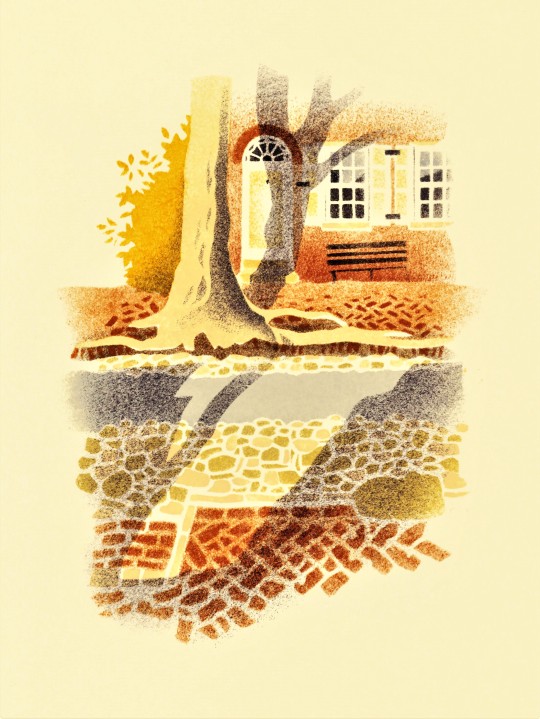

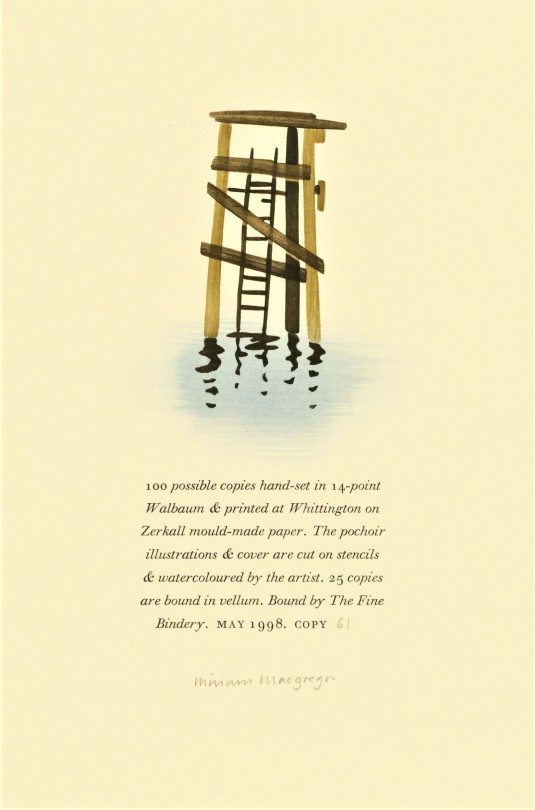
It's Fine Press Friday!
The recent donation from the estate of Dennis Bayuzick includes several publications by the British Whittington Press, a few of which are illustrated using the pochoir stencil technique, including the book New Castle, a brief encounter by longtime Whittington illustrator and compositor Miriam Macgregor. The book, printed in 1998 in hand-set 14 pt. Walbaum type on Zerkall mould-made paper in an edition of 100 copies signed by the author/artist, is Macgregor's memoir of her visit to the Historic District of New Castle, Delaware, where she had gone to visit Oak Knoll Books, one of America's premier bookstores specializing in fine press publications and books on books. We think the occasion was for the 1997 Oak Knoll Fest.
New Castle's Historic District, designated a National Historic Landmark in 1967, contains about 500 historic buildings from the colonial and early Republic periods, one of the highest concentrations of well-preserved buildings from this period. At the time, Oak Knoll was located in a later-period building that used to be the town's butcher shop, just a block and a half north of the Historic District's town square, "The Green." Macgregor writes:
This small town on the western bank of the Delaware River was an enchanting, if misleading, introduction to America, and the following images are the result of one day's drawing, some photographs and, of course, memory.
Once a busy little port town but long since diminished, Macgregor notes that:
A 1932 guidebook described it as 'a diminutive town of forgotten asperations, the beckoning path of Europe spread before its sleepy eyes.' Thus, away from the limelight, many of the older buildings escaped modernisation and in due course, the inhabitants came to realise that they had a living museum to hand -- a microcosm of American colonial architecture.
View more posts that include the work of Miriam Macgregor.
View other posts relating to the Whittington Press.
View other examples of pochoir illustration.
View other books from the collection of Dennis Bayuzick.
View more Fine Press Friday Posts.
#Fine Press Friday#fine press fridays#fine press printing#fine press books#fine press publishing#pochoir#Miriam Macgregor#whittington press#New Castle a brief encounter#New Castle Delaware#Walbaum type#Zerkall paper#Oak Knoll#Dennis Bayuzick
48 notes
·
View notes
Photo
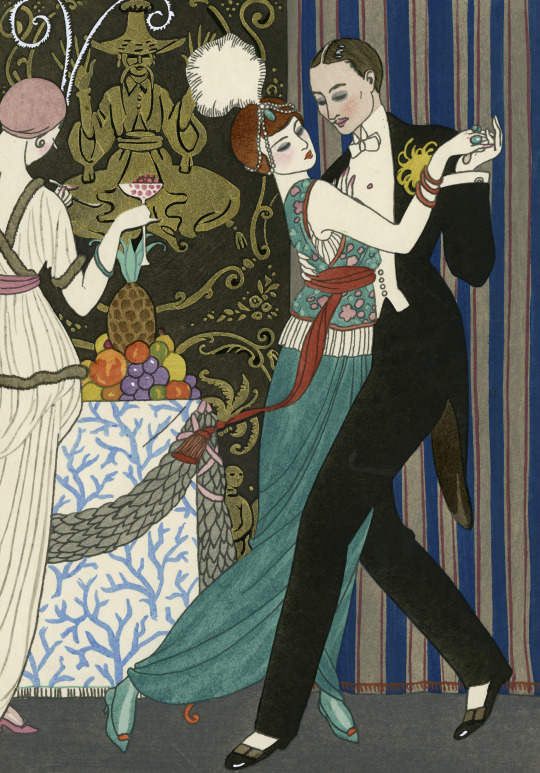
La Danse = The Dance George Barbier (French; 1882–1932) Pl. XI in Modes et Manières d'Aujourd’hui (1914) Pochoir print FIT Gladys Marcus Library, Special Collections & College Archives, New York
Je suis beau. Mon corps maigre que vêt une ample robe d’or s’incruste dans le panneau de laque noir….. (I am beautiful. My lean form, clothed in a loose golden dress, blends into the black lacquer panel…..)
#hair ornaments#tuxedos#eveningwear#George Barbier#Barbier#Art Deco#pochoir#French illustrators#French illustration#fashion illustration#fashion illustrators#French art#Modes et Manières d'Aujourd'hui#French artists#French Art Deco#Art Deco style#fashion plates#1910s#French fashion#pochoir prints#fashion#fashion magazines#fashion journals#French style#French chic#nightlife#dancers#dancing#dance#couples
64 notes
·
View notes
Photo
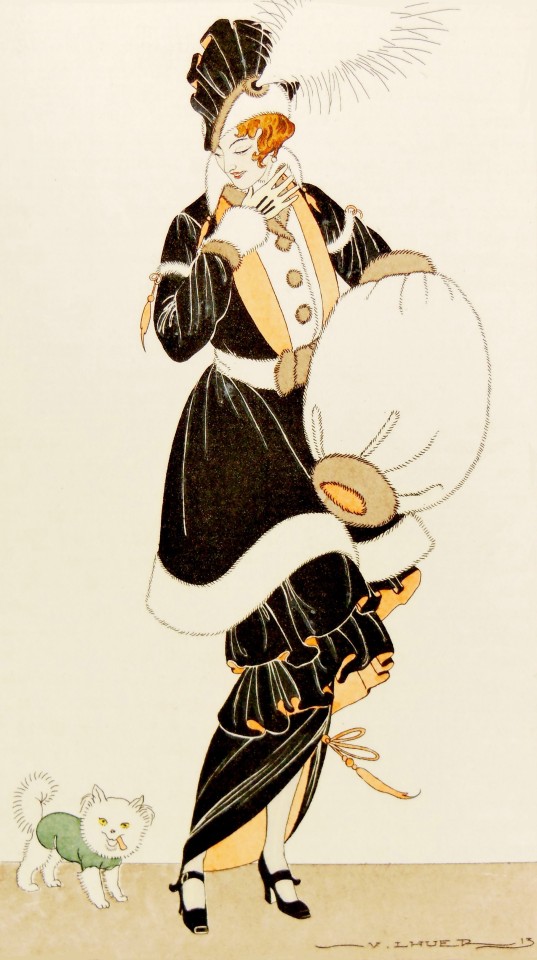
1913 Victor Lhuer, Costumes Parisiens. Charmeuse robe trimmed with sable and ermine. Ermine vest. Clergyman shoes. (Robe de charmeuse garnie de zibeline et d'hermine. Ghilet d'hermine. Souliers clerggyman). Journal des Dames et des Modes.
This remarkable pochoir fashion print is from Journal des Dames et des Modes, Costumes Parisiens. The work was published between 1912 and 1914 with only 1,279 copies printed in total. Leading artists of the time contributed to the Journal including Barbier, Brunelleschii, Bakst, J. van Brock, Wegener, Drian, and many others.Journal des Dames sought to be an expression of French elegance. It showed the fashion and also the culture of the early 20th century. Each illustration was printed on high quality paper using excellent pochoir coloring. Pochoir is created when single layers of color are added by hand to a lithograph using a stencil.George Barbier's contributions to this work are particularly desirable. He contributed greatly to design in this era and also had work featured in Vogue. --- The work is in very good to excellent condition overall. There may be a few minor imperfections or faint marks to be expected with age. Please review the image carefully for condition and contact us with any questions. --- Paper Size ~ 5 1/2" by 8 3/4". Seller Inventory # dames128.
AbeBooks
#1913#illustration#fashion#fashion illustration#la belle epoque#art nouveau#art nouveau illustrator#art nouveau illustration#victor lhuer#V. Lhuer#costumes parisiens#charmeuse#ermine#clergyman#journal des dames et des modes#fashionable dress#pochoir fashion print#pochoir#fashion print
13 notes
·
View notes
Text


……
And now for something completely different.
Spaces places moments past.
Intaglio with Pochoir.
13”x9”
2022
Edition of 15
Sure good time.
#intaglio #etching #printmaking #art
#contemporaryart #contemporaryprintmaking #artistoninstagram #ohio #kentohio #ohiortist #peopleofprint
#arron foster#artists on tumblr#kent ohio#printmaking#people of print#ohioartist#art#contemporary printmaking#contemporary art#intaglio#etching#pochoir
2 notes
·
View notes
Photo

1924 Fans (Éventails), detail from Le Bonheur du Jour; ou, Les Graces à la Mode. George Barbier. Pochoir.
For sale: Met Costume Prints
#1924#illustration#fans#Éventails#pochoir#george barbier#barbier#the met#costuume#costume prints#prints
6 notes
·
View notes
Text





Victor Max Ninon (1896-1982) Pochoir (silk screen) printed in colors (1920s) Source, source, source, source
#Victor Max Ninon#pochoir#silk screen#printed in colors#the letter#coquette#Au Japon#Robe Grise#En Espagne
0 notes
Text

what do you see?
3/3
complex pochoir on paper
0 notes
Text
The Dreyfus affair, day 7--the retrial and denouement: Saturday W42Y3
0 notes
Photo

• • • • • • Samson slaying ENI lion from A.Dürer, Samson slaying the lion(1498) Spraypaint on paper 300gsm 65x60cm #stencil, #stencilart, #pochoir, #plantilla, #sprayart, #artwork, #stencilartist, #streetart, #gas, #streetartistry, #streetarteverywhere, #print, #artoftheday, #artofvisuals, #artgallery, #artlovers, #lion, #energy, #fuel, #spraycanart, #spraypaint, #spraycan, #schablone, #stenciling, #stencilartwork, #stencilwork, #stencilpainting, #durer, #graffitiart, #engraving https://www.instagram.com/p/CpNFIM0oQw4/?igshid=NGJjMDIxMWI=
#stencil#stencilart#pochoir#plantilla#sprayart#artwork#stencilartist#streetart#gas#streetartistry#streetarteverywhere#print#artoftheday#artofvisuals#artgallery#artlovers#lion#energy#fuel#spraycanart#spraypaint#spraycan#schablone#stenciling#stencilartwork#stencilwork#stencilpainting#durer#graffitiart#engraving
0 notes
Photo

Umberto Brunelleschi (Italian,1879-1949)
C'etait le soir des dieux
pochoir
124 notes
·
View notes
Text

Georges Barbier (French, 1882-1932), illustrator • Incantation • illustration for Gazette du Bon Ton • 1922 • Pochoir print • Private Collection
#art#illustration#illustrator#artwork#georges barbier#fashion illustration#magazine illustration#french fashion magazine#french artist#1920s illustration#sassafras & moonshine blog#illustration blog
203 notes
·
View notes
Text









It's Fine Press Friday!
Today we present another book from the estate our late friend Dennis Bayuzick: Chimneys in the Sun by Miriam Macgregor (b. 1935), printed in Risbury, Herefordshire, England at the Whittington Press in an edition of 40 copies signed by the author/artist in 2019. The book includes watercolor pochoir images of the various chimneys Macgregor encountered on her trip to Madeira, a small island in the North Atlantic that is an autonomous region of Portugal. Macgregor discusses her encounters with these chimneys and the travels required to find specific ones that she wanted to see during her stay on the island.
According to the author, chimneys were not extant in Madeira until the early nineteenth century and were created with coverings to keep the rain out of the house. Before the advent of chimneys, citizens used holes in the ceiling to ventilate their homes, which were terribly ineffective. This is curious considering that bread making was very widespread before the advent of chimneys in Madeira, which required long periods of time to bake, producing a large amount of smoke.
The book was printed on Zerkall mould-made paper and the type was set in 14 D Walbaum. The binding was done in Japanese cloth by The Fine Book Bindery, now part of AMR Logan Press. The publication also includes a separate, eight-page reproduction of Macgregor's sketchbook used for the prints (last three images) and one of the pochoir stencils used to create the images.

View more posts that include the work of Miriam Macgregor.
View other posts relating to the Whittington Press.
View other examples of pochoir illustration.
View other books from the collection of Dennis Bayuzick.
View more Fine Press Friday Posts.
– Sarah S., Special Collections Graduate Intern
#Fine Press Friday#fine press fridays#fine press printing#fine press books#fine press publishing#pochoir#Miriam Macgregor#whittington press#Chimneys in the Sun#Zerkall Paper#The Fine Book Bindery#watercolor#madeira#portugal#Zerkall paper#Walbaum type#Sarah S.
17 notes
·
View notes
Text

1925 c. Hand-colored pochoir ad print for Gotham Silk Hosiery Company, signed by Hoffe. From Art Deco, Avant Garde and Modernism, FB.
102 notes
·
View notes